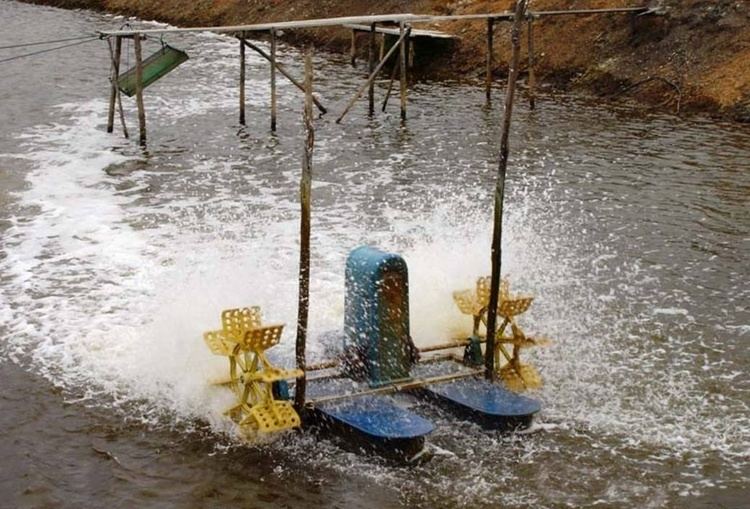 | ||
A paddle wheel is a form of waterwheel or impeller in which a number of paddles are set around the periphery of the wheel. It has several uses, some of which are:
The paddle wheel is an ancient invention but is still used today in a wide range of industrial and agriculture applications.
Physics
The paddle wheel is a device for converting between rotary motion of a shaft and linear motion of a fluid. In the linear-to-rotary direction, it is placed in a fluid stream to convert the linear motion of the fluid into rotation of the wheel. This rotation can be used as a source of power, or as an indication of the speed of flow. In the rotary-to-linear direction, it is driven by a prime mover such as an electric motor or steam engine and used to pump a fluid or propel a vehicle such as a paddle-wheel steamer or a steamship.
